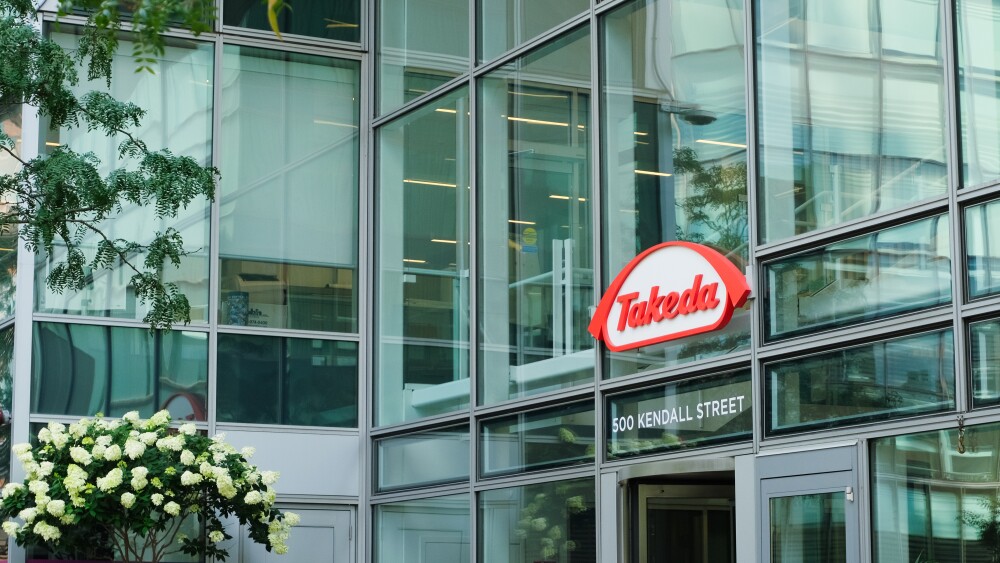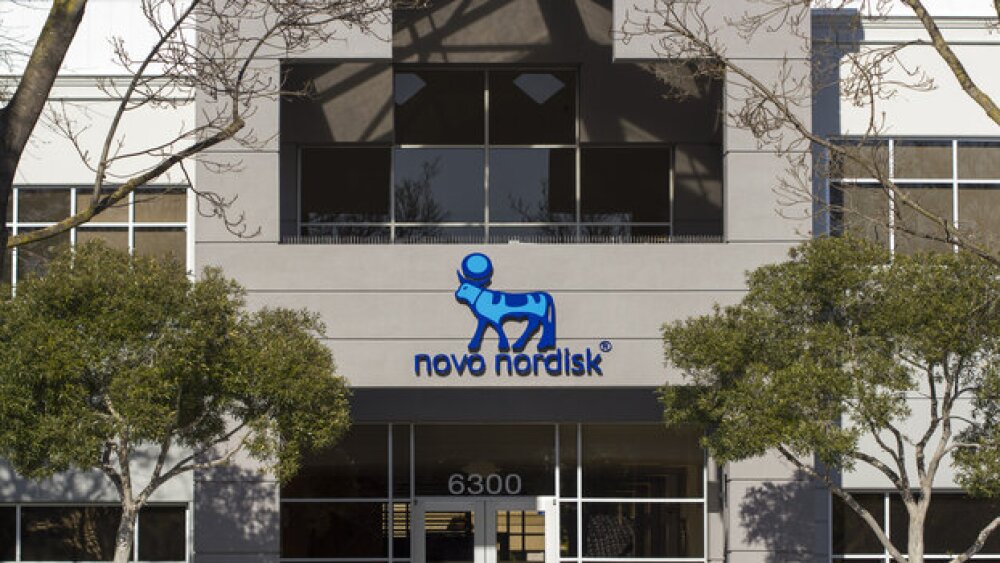The number of life science jobs grew by 12,500 for an approximate total of a total estimated employment of 311,226. That was music to the ears of Sara Radcliffe, president and chief executive officer of the California Life Sciences Association.
With the fifth-largest economy in the world, the state of California is an economic powerhouse. One of the microcosms of that economy is the life sciences industry, which last year generated total annual revenue of $177.1 billion – revenue that eclipses the 2017 GDP of 21 U.S. states.
That revenue has led to a strong growth in jobs, investments and the pipeline of California life science companies. Over the past year, the state’s life science industry has seen a 4.2 percent growth in jobs over the previous year. The number of life science jobs grew by 12,500 for an approximate total of a total estimated employment of 311,226. That was music to the ears of Sara Radcliffe, president and chief executive officer of the California Life Sciences Association, the trade association representing California’s life sciences industry, which conducted the latest survey. In an interview with BioSpace, Radcliffe noted that the job growth numbers are even higher when the biopharma and medical device segment of the industry is zeroed in on. That segment experiences a growth rate of 11.2 percent, which she said was higher than similar job growth in Massachusetts (5.8 percent) and Illinois (6.9 percent).
There was strong jobs growth across the state in each of its three biotech hubs. In the Bay Area, there are a total of 82,500 life science jobs, an increase of more than 11,200 over the previous year. The Los Angeles area hosted 57,100 jobs, an increase of 7,700 jobs over the previous years. The San Diego area includes 48,400 jobs, an increase of 6,500 jobs and Orange County saw a 4,500 job increase with 45,000 jobs.
Life science jobs in California provide an average salary of $119,000, more than double the average salary in California, which according to the Bureau of Labor Statistics is $51,910.
Radcliffe speculated that the jobs boost the state has seen in the industry is due to a number of contributing factors, including the scientific fundamentals the companies are building their pipelines on, as well as the “nexus of tech and biopharma” that is being seen across the state, but particularly in the Bay Area.
“There are collaborations between companies like Google and J&J and 23andMe and GSK,” she said.
Radcliffe also pointed to many of the advances being made in cancer research, such as the approvals of two CAR-T medications last year by Swiss-based Novartis and California-based Kite Pharma, now a subsidiary of California-based Gilead Sciences. She said there has been significant growth in the number of new drugs that could potentially treat forms of cancer being “shepherded through pipelines.”
Another reason for the increase in jobs, Radcliffe said, is that companies are benefitting from changes to the federal tax code. “That certainly drove some growth,” she added.
Radcliffe also had some praise for Scott Gottlieb, commissioner of the U.S. Food and Drug Administration. She said Gottlieb has shown himself to be a strong commissioner who is working hard to ensure that the regulatory agency is well-situated to “review the novel therapies and technologies that are coming through the agency. Because of Gottlieb’s guidance, Radcliffe said the agency has a more friendly process toward innovators, which is creating a “very positive atmosphere among the companies.”
Not only has the state of California seen strong growth in the number of life science-associated jobs, but it has also seen a significant amount of attention from venture capitalists. The amount of venture capital that poured into the state over the past year was hit $7.6 billion, a solid jump over the previous year’s number of $6.7 billion. Much like the growth of jobs in the state, Radcliffe said the VC companies were willing to increase their investments due to the science in pipelines, as well as the tax and regulatory environment.
“At the moment it’s a very positive scenario for biopharma and medical device innovations,” she said.
While things are looking good for California’s life science industry, Radcliffe said there are some concerns, such as the medical device tax, which the CLSA is working to repeal. The association is also concerned about drug pricing and how some of the actions that could be taken by Congress to address the issue could not only negatively impact the industry, but also patients who rely on the medications.
Another concern where CLSA has undertaken some lobbying efforts on the local level is in support of transportation and housing initiatives. In some of the biotech hubs across the state, particularly the Bay Area, the price of real estate has become a concern, Radcliffe said. Even with the well-paid positions that the industry offers, finding affordable housing can sometimes prove difficult.





